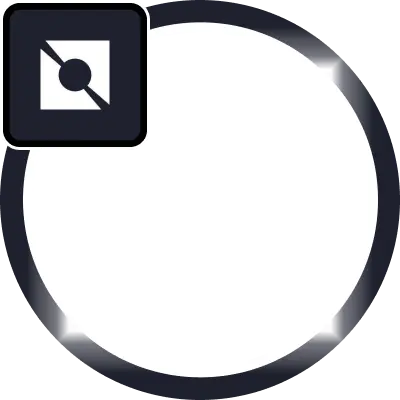Background and History
Sanctum was conceived as a response to the growing need for secure and permissionless asset management solutions within the Solana ecosystem. As decentralized finance (DeFi) gained traction, the demand for robust and scalable vault platforms became evident. Sanctum was developed to address these needs, offering users a way to manage and stake their digital assets without relying on centralized intermediaries. The platform was launched in [Year] and quickly integrated into the broader Solana DeFi landscape, benefiting from the blockchain’s fast transaction speeds and low fees.
Key Features and Technologies
1. Decentralized Vaults: Sanctum’s core offering is its decentralized vaults, which allow users to deposit assets into secure, smart contract-based vaults. These vaults are fully permissionless, meaning users retain full control over their assets at all times. The platform’s architecture ensures that assets are protected against unauthorized access, with all transactions being transparent and verifiable on the Solana blockchain.
2. Permissionless Staking: One of the standout features of Sanctum is its permissionless staking capability. Users can stake a variety of assets directly within the platform’s vaults, earning rewards in a secure and trustless manner. This feature is particularly attractive for users looking to maximize their returns on investment without the need for centralized exchanges or third-party custodians.
Usage and Applications
Sanctum is primarily used for secure asset management and staking within the Solana ecosystem. Users can deposit Solana-based tokens into the platform’s vaults, where they are securely held and managed. The platform is also integrated with various DeFi protocols, allowing users to earn yields through staking and other decentralized financial activities. Sanctum’s permissionless nature makes it accessible to a wide range of users, from individual investors to large institutional players.








